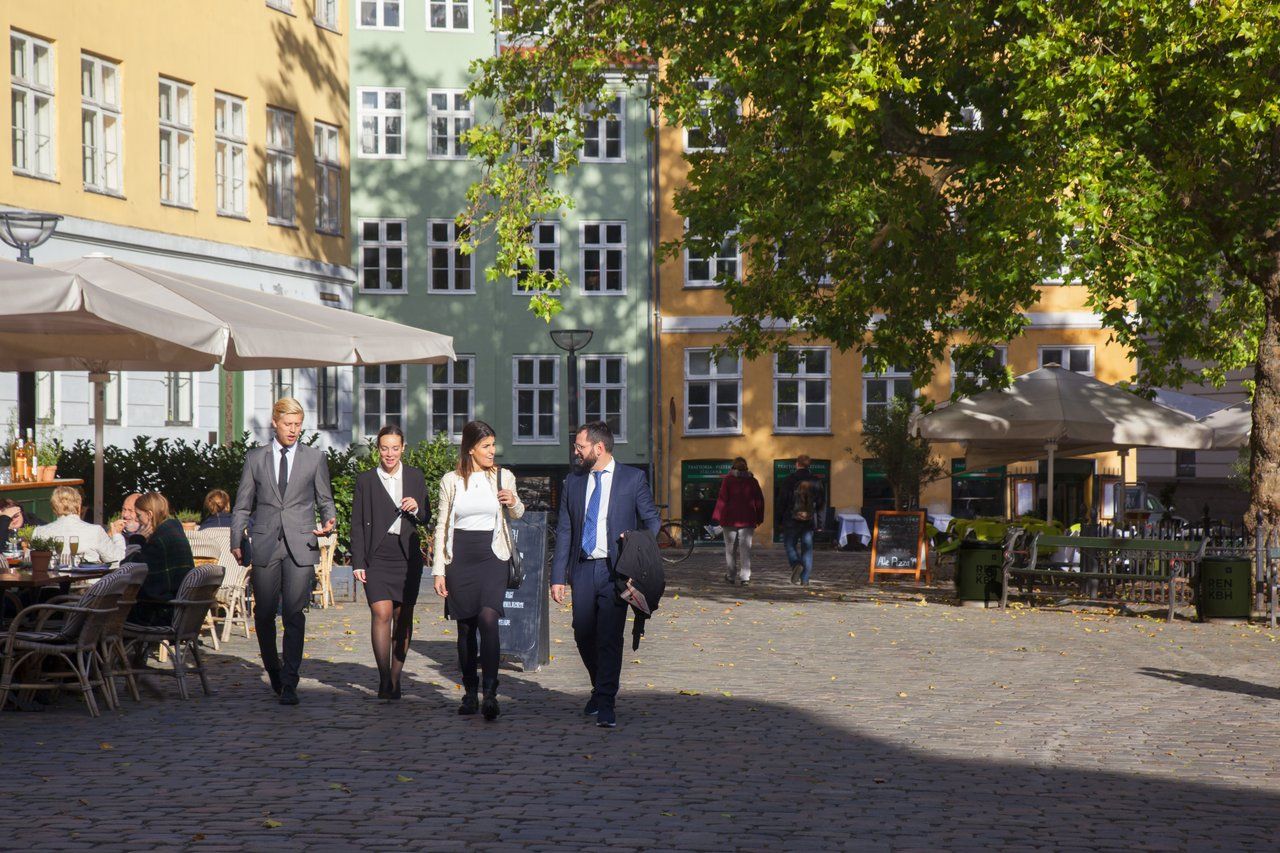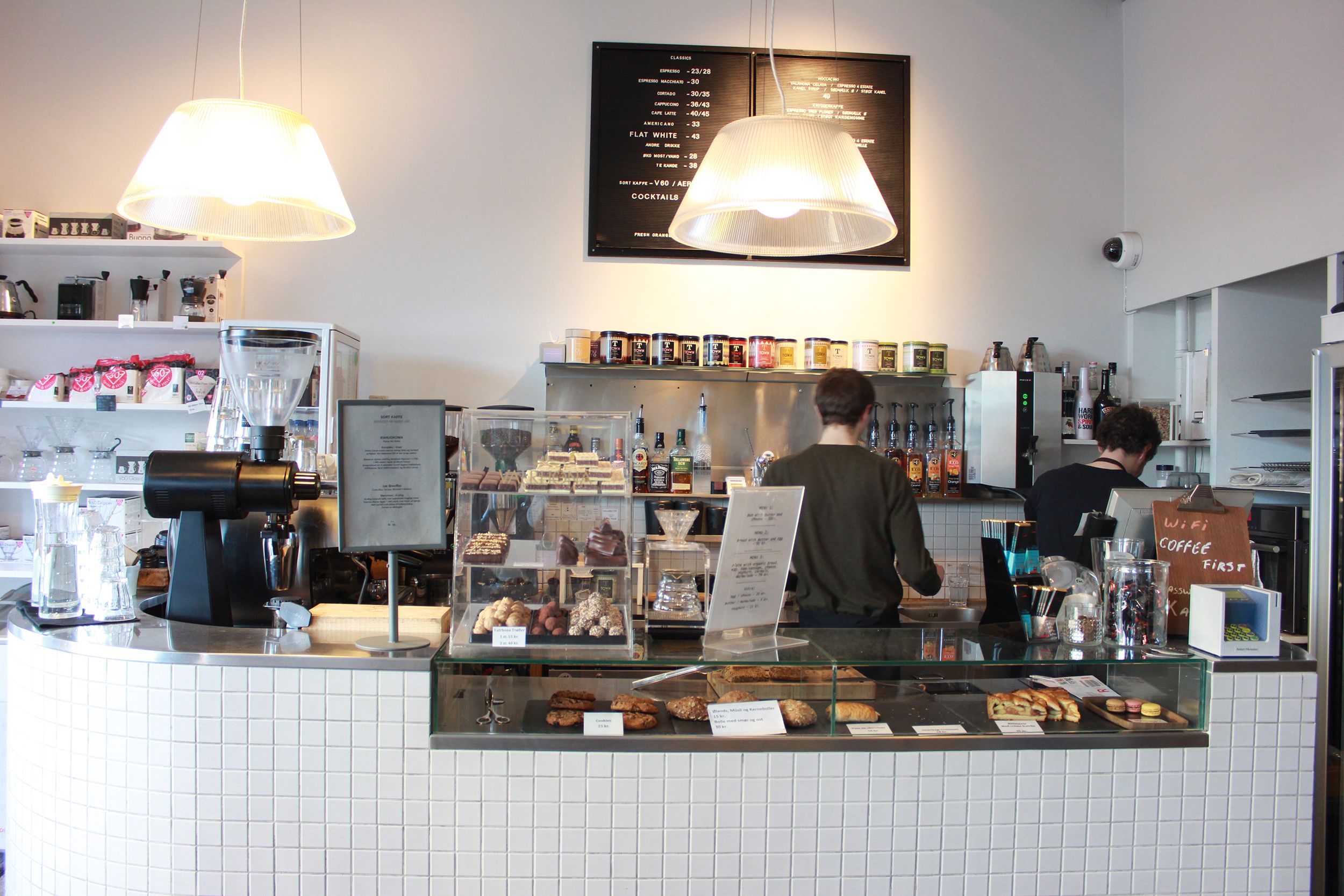The New York City Ballet’s ‘modern’ programme was overall disappointing. It featured four pieces: all but one choreographed in the last few years. Linking the works was – besides their overall abstraction – their reactionary staging of gender relations.
Alexei Ratmansky presented ‘Concerto DSCH’ to music by Shostakovich. Ratmansky’s ability to choreograph emotions that convey narrative clarity is impressive, but seems peculiar in this supposedly abstract choreography and made ‘Concerto DSCH’ somewhat indecisive.
Christopher Wheeldon contributed ‘Les Carillons’. An abstract backdrop that lacks any apparent connection to the costumes or the dancing is the only thing ‘modern’ about this randomly strung-together exposure of technique and virtuosity. The choreography features steps and bowing movements that derive from the early days of ballet without breaking or developing them. The couples are even neatly colour-coded, so the ballerina in the red dress will inevitably return to the arms of her male lead dressed in the same shade of red.
What made the programme’s repeated use of conventional partnering and ballet traditions awkward was that it largely adopted them as unquestionable norms without ever marking them as the time specific constructions that they are. The ‘modern’ evening implied a worldview which – especially in a ballet company – must appear utterly outdated.
But then: aren’t these norms what the average ballet-goer wants to see? And isn’t it naïve to demand anything ideologically progressive from an evening at the ballet?
It would be in historical stagings of classical ballets, but the New York City Ballet has an entirely different tradition, and in Jerome Robbins’ ‘NY Export: Opus Jazz’ it elaborated Balanchine’s abstract legacy in a different way than romanticising it and, rather, applied abstraction to gender relations. A group choreography overall, it featured female soli in which the women used the same self-determined movements as their male colleagues and came across at least as cool.
‘NY Export: Opus Jazz’ revealed that the evening’s contemporary pieces weren’t just regressive in their implied worldview; their obsessive heterosexual coupling also means a choreographic impoverishment.
The modern programme was one of the ballet’s two guest performances in early April. The other, a Balanchine programme, consisted of ‘Serenade’, which was brimful with choreographic ingenuity; ‘The Four Temperaments’, which proved to be the epitome of Balanchine’s own neoclassical ballet style; and the comparatively bland ‘Symphony in C’.
The New York City Ballet – Modern

Store Scene
April 5














